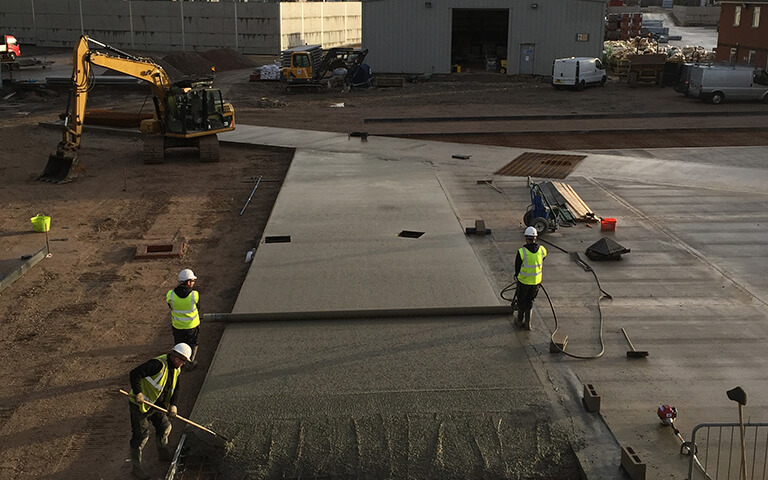
Quite often there can be some confusion about what exactly groundworks are. It’s understandable as there is a lot of crossover between construction and groundworks, so as groundworks contractors we thought we would attempt to answer the question once and for all.
In the simplest of terms, groundworks refers to the preparation of sub-surfaces in order for construction works to start. It’s the foundations on which everything is built and is the cornerstone and starting point of any construction job.
The only thing that might take place before the groundworks aspect of a project is the demolition of pre-existing structures in order to make way for the new project. The first step of a groundworks project is an investigation. During this phase, it’s critical to establish past uses for the land and highlight any potential stability or other problems that might arise.
Site clearance is usually next, which is exactly what it sounds like. The land and topsoil must be cleared and if required the site may need to be levelled to ensure construction works take place on an even footing.
Stabilisation might be required for the project to ensure retaining walls and foundations are firmly set, this will be critical for most structures to guarantee a sound building that’s not prone to collapse.
Every project is different, and not all services are required, but there will often be some form of drainage, utilities or sewerage installation that comes next.
Finally, the earthworks and landscaping aspect. In short, this means to finish the groundworks side of the project by remodelling the surface with tarmac, concrete etc. It could also include the construction of tarmac roads and carparks.
Groundworks can involve many different things, but this is a very top line, basic structure for most groundworks projects. M J Davidson has more than 10 years experience as groundwork contractors and we can help with all sizes of projects. Give us a call on 01772 616640 or email enquiries@mjdavidson.co.uk.